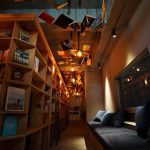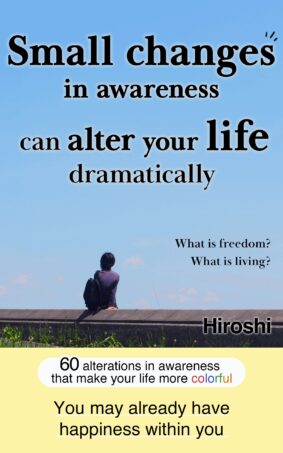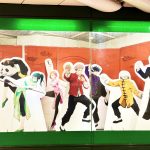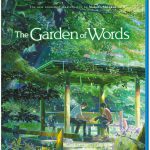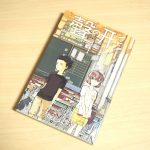The 8th World Bonsai Convention, Saitama City in 2017 Summary
- 2.6. Japanese Garden and Tea Space
- 2.7. SHIHO-TEN Stage
- 2.8. Saitama City Booth
- 2.9. Display and Shopping Booths
- 2.10. Bonsai Exhibition
- 2.11. Japan Shohin Bonsai Stage
- 2.12. Booth of Official Goods
- 2.13. Rock and Stone of Japanese Garden
- 2.14. World Bonsai Exploration
- 2.15. Bonsai Exhibition Again
- 3. Summary
Japanese Garden and Tea Space
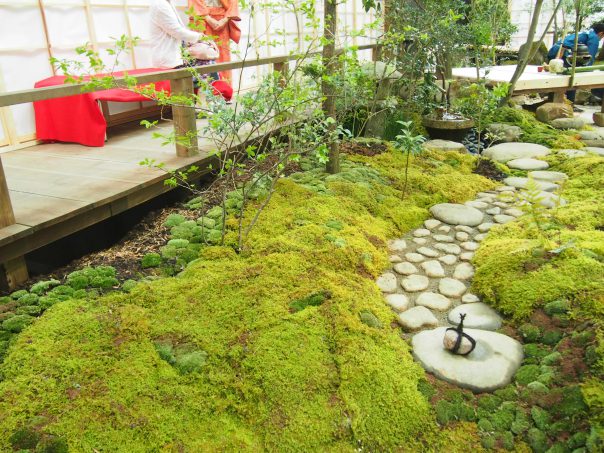
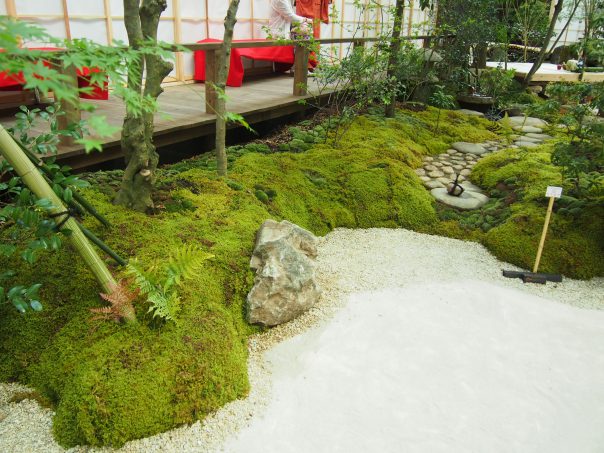
I did not imagine this kind of Japanese Garden is made in this convention.
You can enjoy beautiful nature, spirit of tea ceremony and Zen.
Just step inside the garden calmed me down.
Here are the traits of this Japanese Garden that are written in leaflet I got.
Rikyu Dobei byobu Style
The mud wall that is considered a favorite of Rikyu, that uses the motif of a Byobu folding screen.
Hayate-Gaki
This is a bamboo fencing that expresses the swift feel of the breeze blowing through it.
In this garden, the curvy lines created suggest the flow of wind blowing and the landscape of mountain.
Tsukubai
This is a stone washbasin called Tsukubai that is shaped like the Kyoto Ryoanji Temple that is famous for its stone garden.
The phrase “Ware Tada Taru Wo Shiru” means being content with what you have and not seeking any material satisfaction.
Nagare
The stone-work uses Aiki-ishi stones from the Nagano Prefecture, characterized by astringent colors and turtle shell patterns.
The Gorota is Mikamo stones from Tochigi Prefecture.
Ryoga-Gaki
A cool breeze passes through the openings between braided bamboo strips.
You can see graceful design, that subtly reflects the checkered pattern of Ichimatsu.
Karesansui
Representing the delicate surface of water with gravel, imagining the ocean.
Nodate
Nodate represents a style of tea ceremony that is enjoyed outdoors.
The artistic hanging scroll that incorporates moss is also a must see as well.
Sugikawa-Bei
A particular type of fencing that is frequently seen in Kyoto, which is created using the outer layer of bark from a cedar tree.
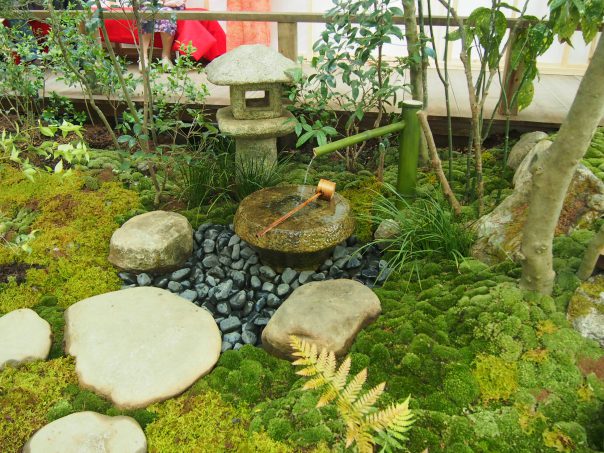
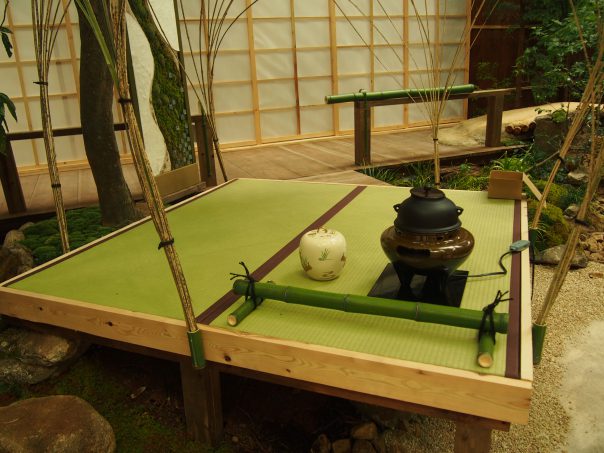
SHIHO-TEN Stage
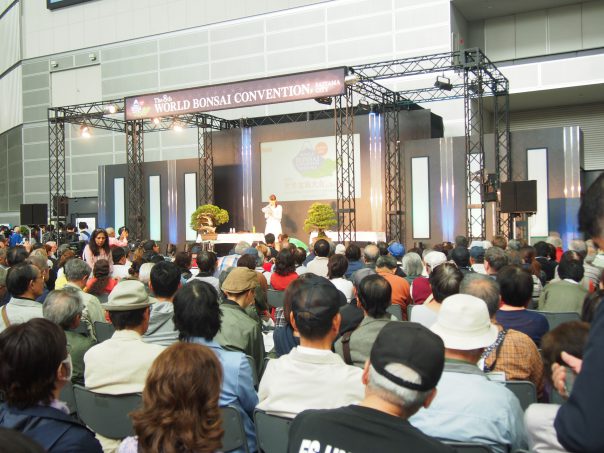
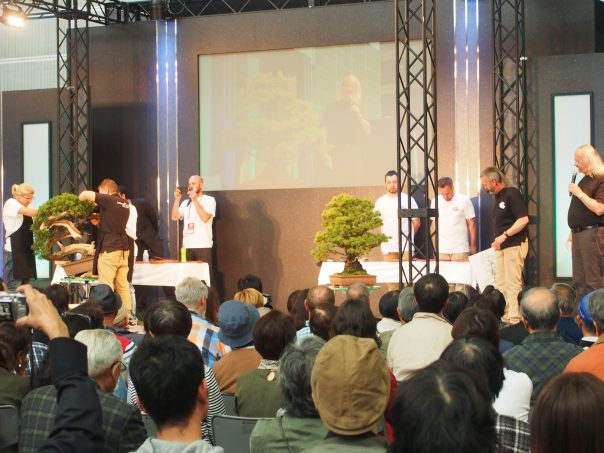
Here I could see demonstration of bonsai master.
There are demonstration and talk shows of bonsai master as well as cultural exchange program.
The time I visited here was demonstration time of Michael Siow Chee Long and Lindsay Bebb.
They were making Bonsai in 2 hours on the stage with the support of their stuff.
You can enjoy it through the translation of interpreter.
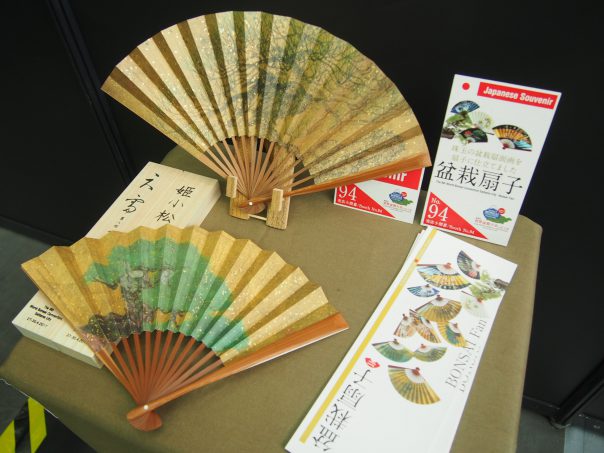
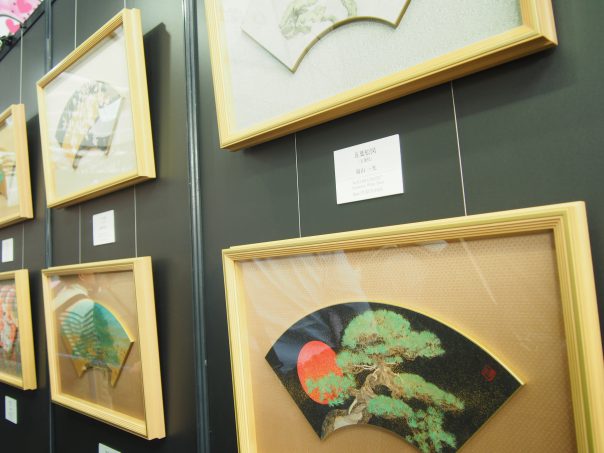
I could see display of Bonsai folding fan, too.
Saitama City Booth
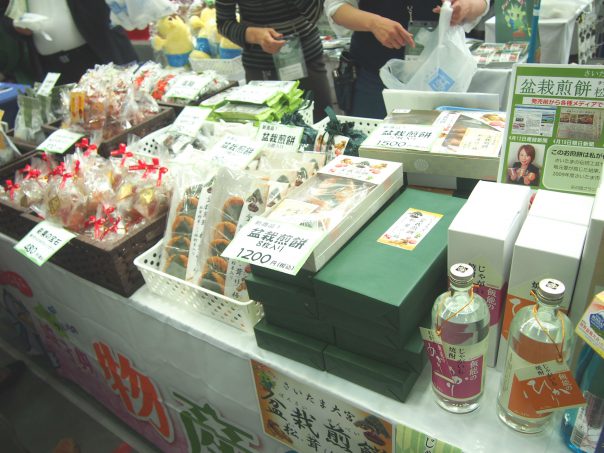
I found special booth of Saitama City.
This is market by Saitama Product and Tourism Association.
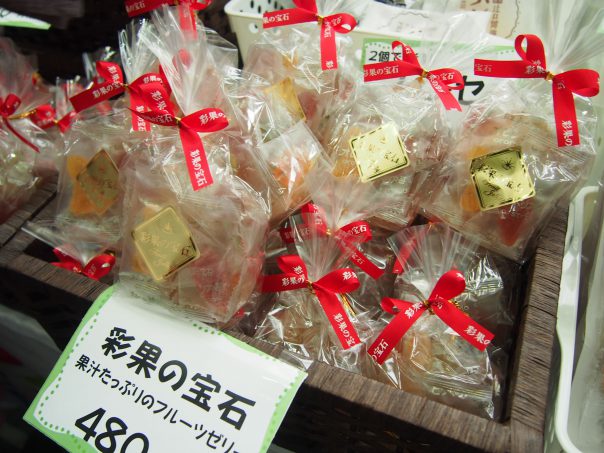
Saika no Houseki is specialty of Saitama.
This is fruit jelly.
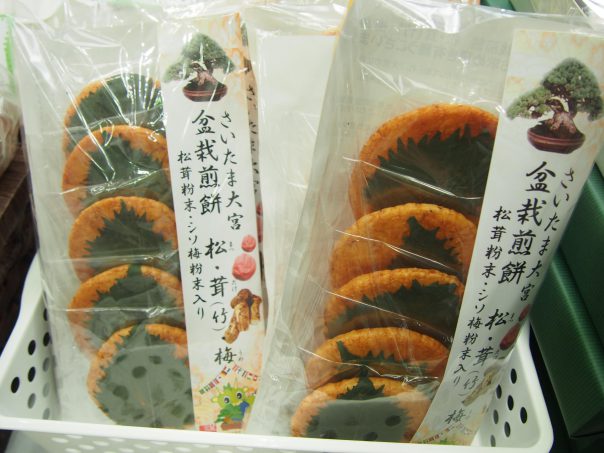
Bonsai Rice Cracker?
This is first time to see rice cracker of Bonsai.
8 crackers for 1 package is about $10. (1200 yen)
Must be good taste.
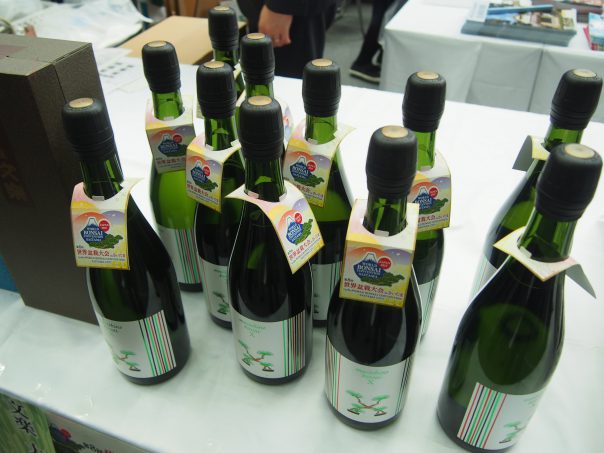
Bonsai Sake?
It says this is sparkling Sake and recommended to those who do not drink Sake usually as it is sour‐sweet taste.
I’ve never heard of sparkling sake.
It is about $18. (2000 yen)
Display and Shopping Booths

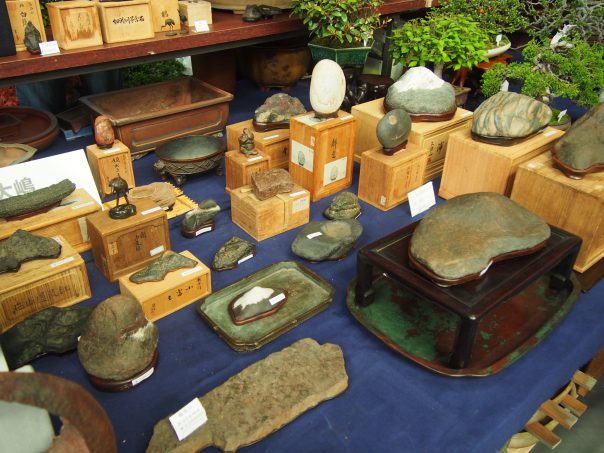
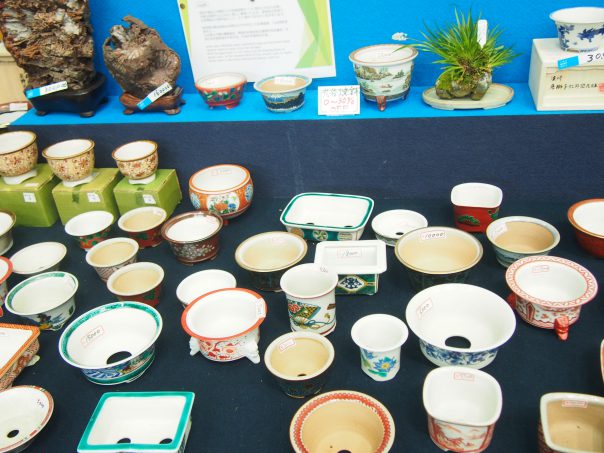
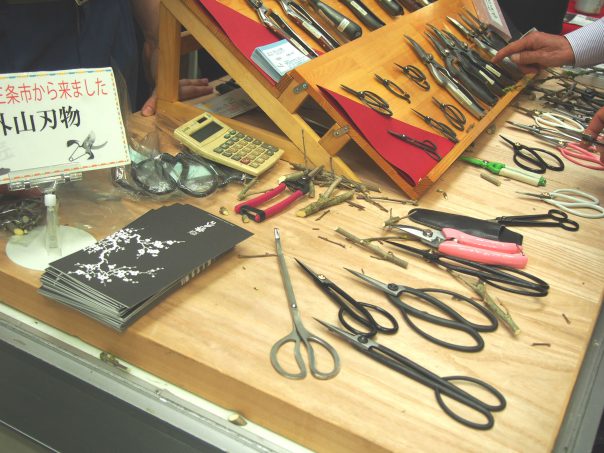
You can buy Bonsai, pruning scissors, etc. here.
There are many local shops of Bonsai in Saitama.
I often saw the people from overseas as well as Japanese negotiating the price with the owner.
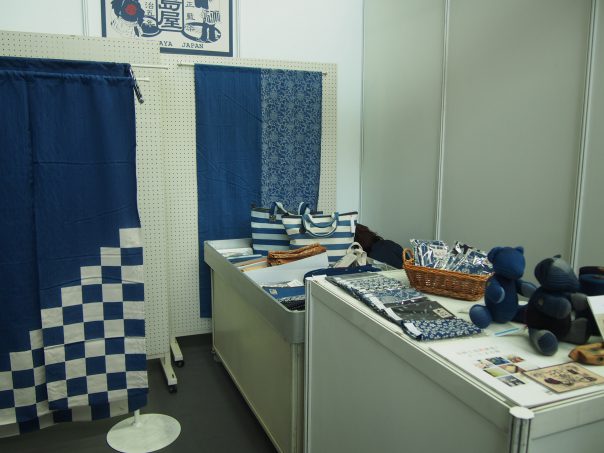
This is Bushu shou Aizome.
Aizome means indigo dye.
The color of Ai is also famous as Japanese blue.
Characteristics of Bushu shou Aizome is it is natural fermentation and hand dyeing.
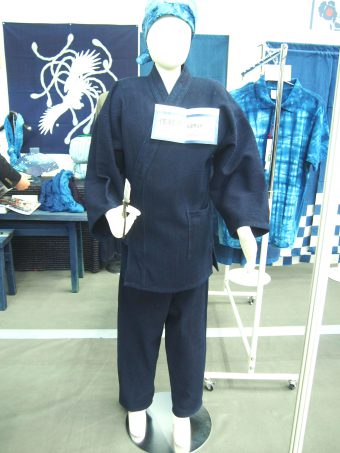
This is Samue or gardening costume.

Kendo wear.
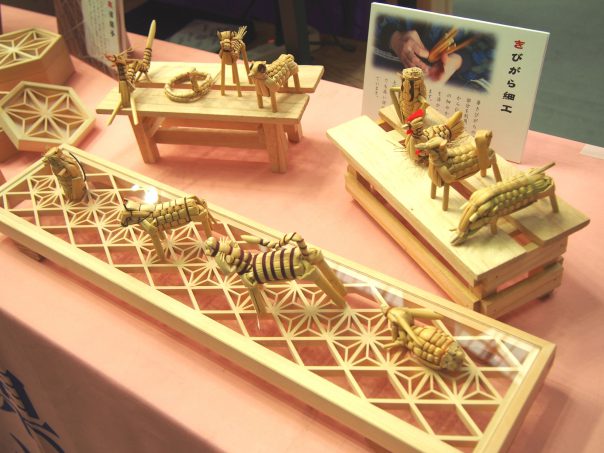
I could see Kibigara Zaiku in this booth of Tochigi Prefecture.
Kibigara Zaiku is a traditional folk handicraft in Tochigi Prefecture.
This is made of stem of Houkikibi.
Houkikibi is a kind of millet.
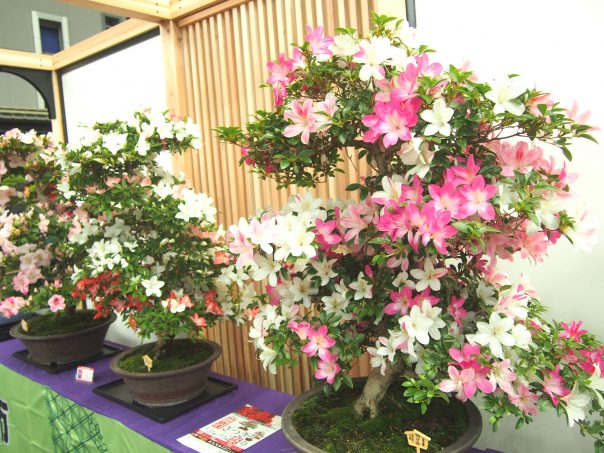
I could see beautiful Satsuki azalea, too.
Looks like May is the season of azalea festival in Tochigi Prefecture.
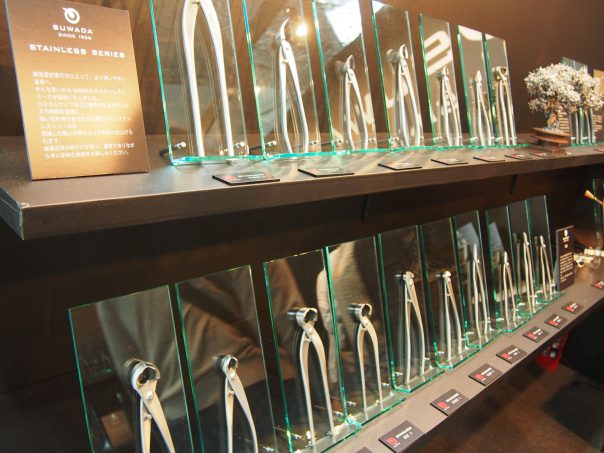
Suwada is famous for its quality nail clipper.
It also makes pruning scissors, doesn’t it.
Bonsai Exhibition
On the walls, you can see various kinds of Bonsai here.
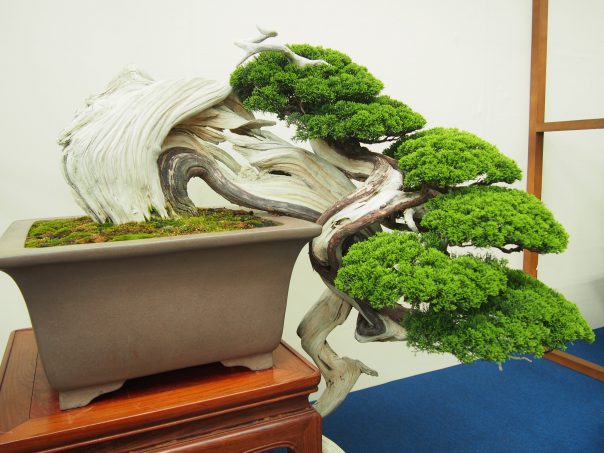
Shinpaku Juniper
Yasumi Sato
Oita Prefecture Beppu City

Five Needle Pine
Adam Balick
United States
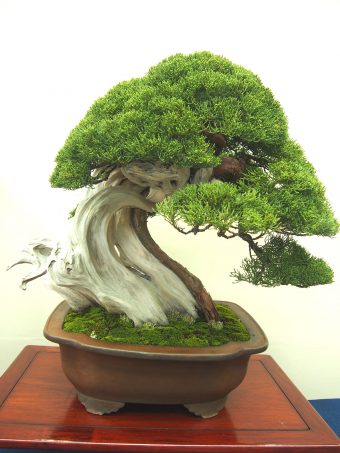
Shinpaku Juniper
Takashi Nakano
Hukuoka Prefecture Fukutsu City

Japanese Beech
Kumi Miyamoto
Hyogo Prefecture Kakogawa City
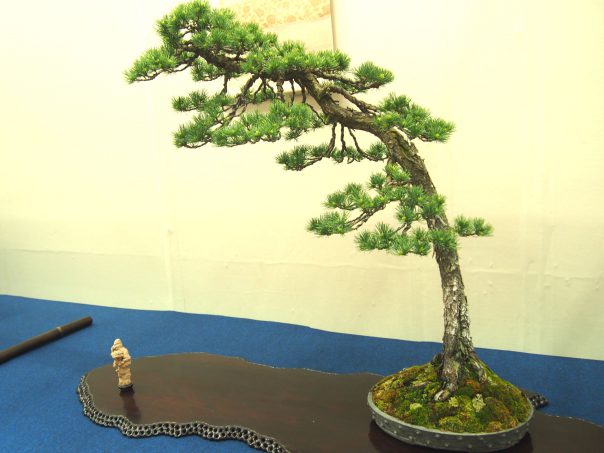
Five Needle Pine
Sekime Rokuzaemon
Shiga Prefecture Yasu City
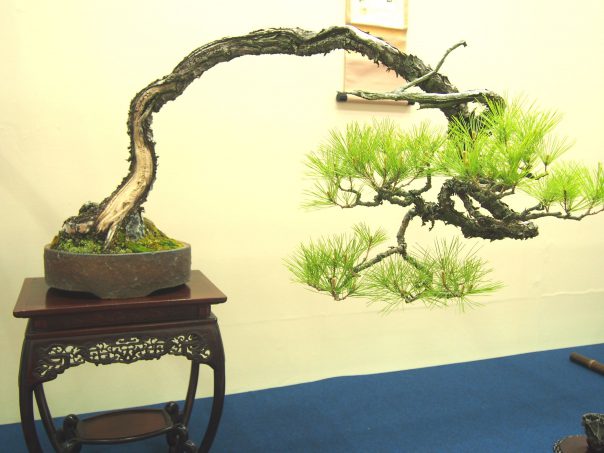
Japanese Red Pine
Isao Hoshino
Chibaq Prefecture Kisarazu City
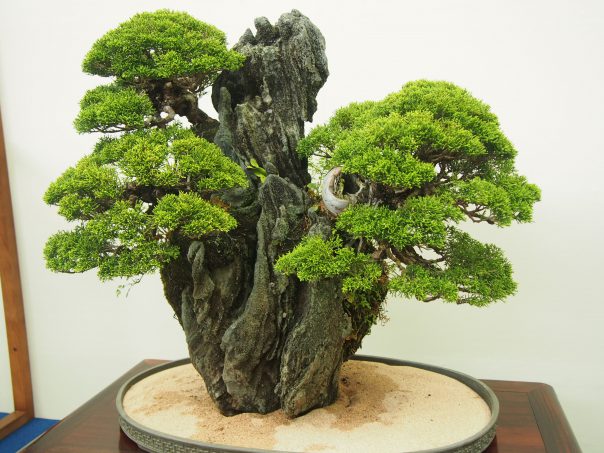
Shinpaku Juniper
Hisao Ishii
Saitama Prefecture Saitama City
Japan Shohin Bonsai Stage
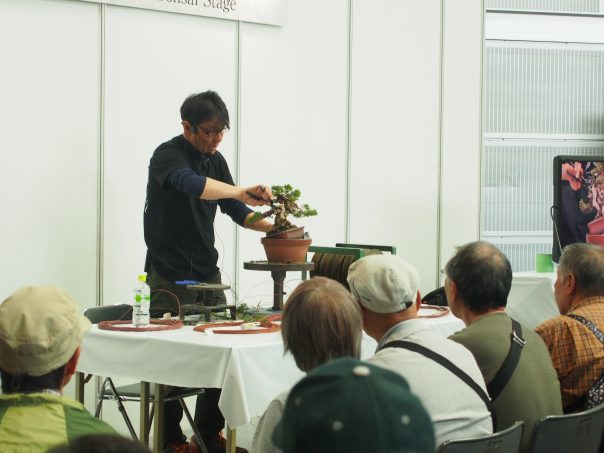
There is another stage of Bonsai master.
You can see demonstration of Japanese Bonsai master.
I could see demonstration of Koji Hiramatsu.
Seeing it on the spot is great chance.
You can also enjoy talks and explanation through interpretation of translator.
Booth of Official Goods
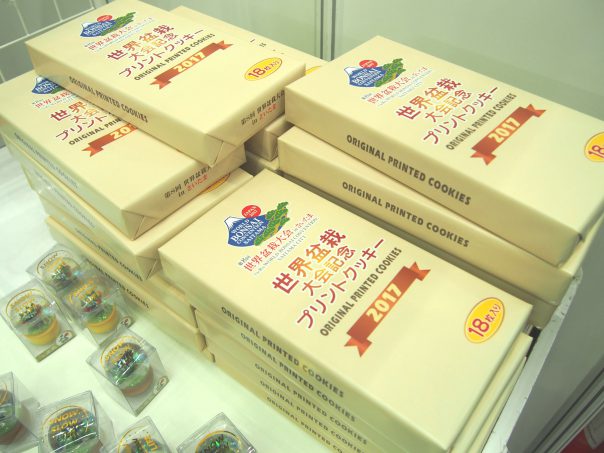
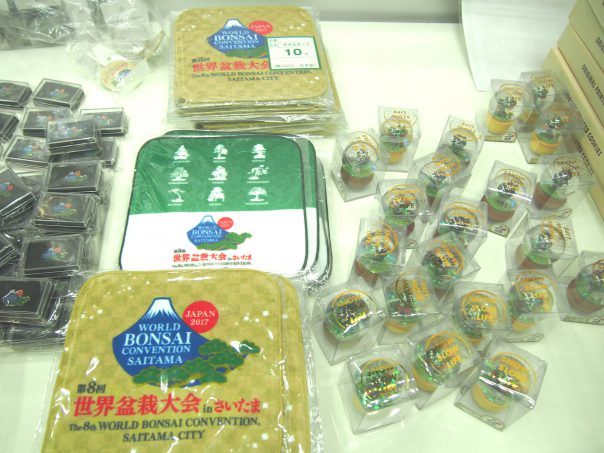
You can buy limited items of Bonsai Convention.
I could see T-shirts, Cookies, towels, etc.
Rock and Stone of Japanese Garden
Here are exhibition of stones you can see in the garden of Karesansui.
They give us calmness.
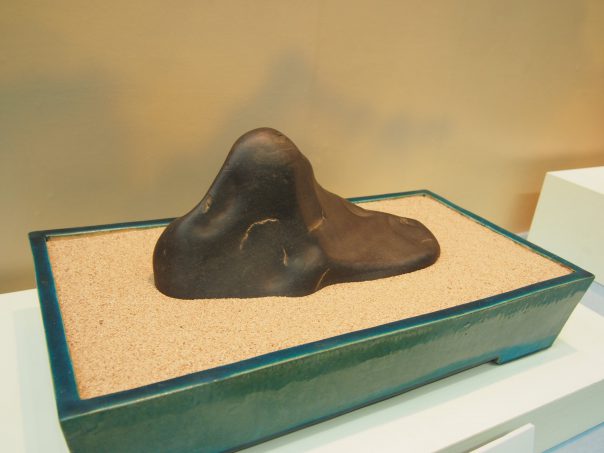
Kamogawaishi
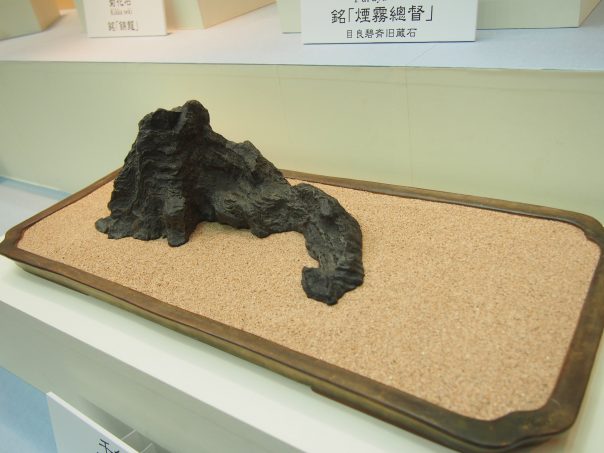
Senbutsuishi
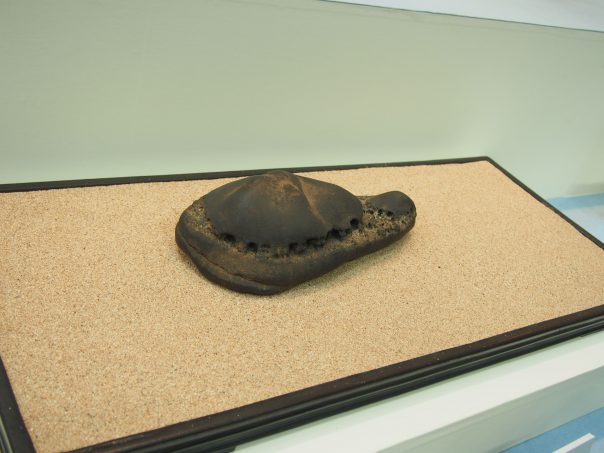
Kuramaishi
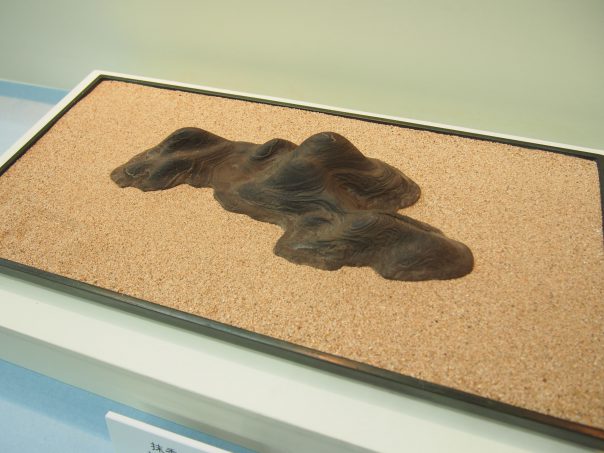
Makkoseki
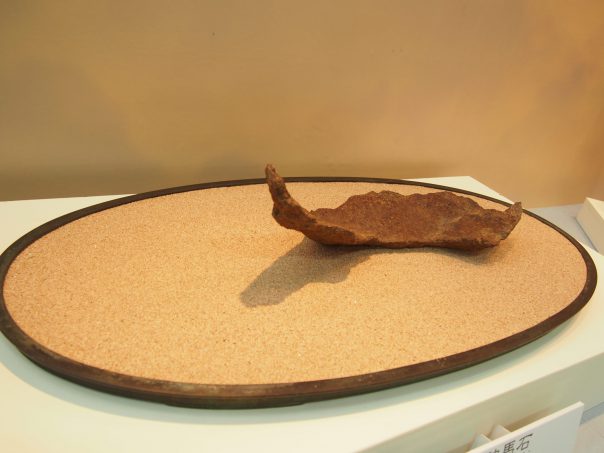
Kuramaishi
World Bonsai Exploration
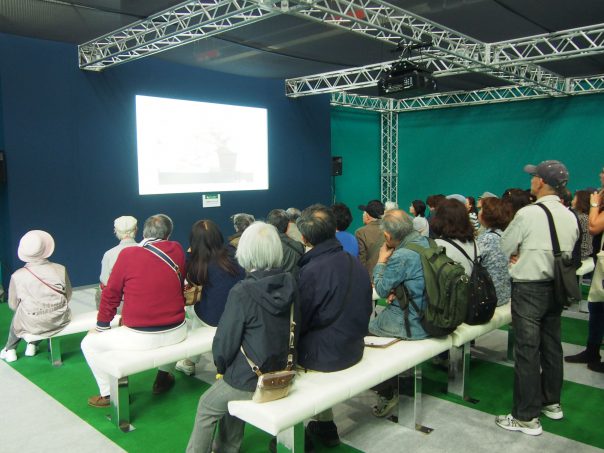
Here you can enjoy Bonsai from different areas of the world through pictures and videos.
Bonsai Exhibition Again
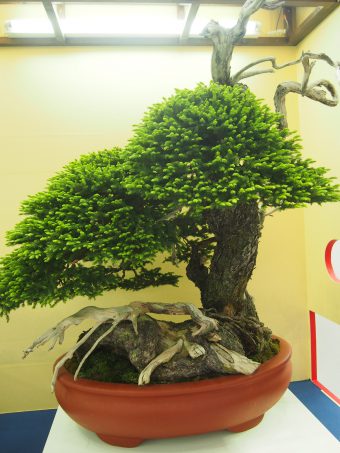
Ezo Pine
800 years old (Approx.)

Five Needle Pine
200 years old (Approx.)
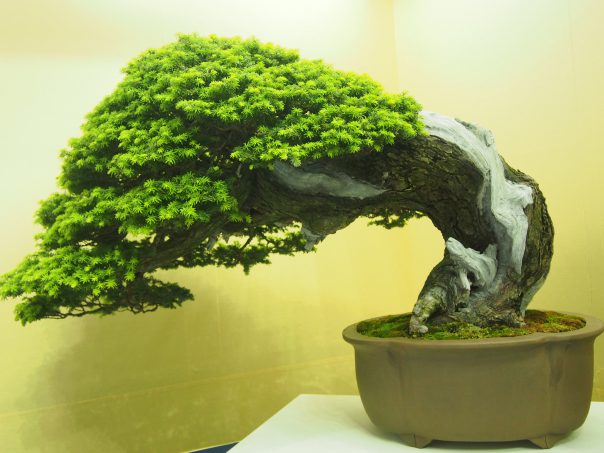
Western Hemlock
600 years old (Approx.)
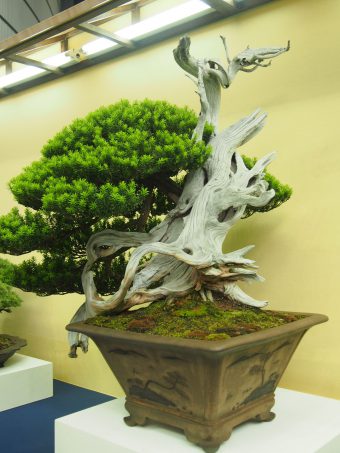
Taxus Leaf
600 years old (Approx.)
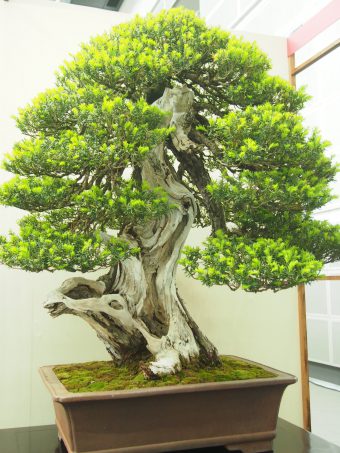
Taxus Leaf
500 years old (Approx.)

Five Needle Pine
500 years old (Approx.)
Summary
Thank you very much for reading to the end.
This was first time to join Bonsai event but I really had a good time.
I also felt the world of Bonsai is deep at the same time.
I felt Bonsai, Tea Ceremony, Karesansui, Zen, etc. have something in common and a part of them effected minds of Japanese people whether people are conscious or not even if the one has no knowledge and interest in them.
If you want to know more about Bonsai, please come visit Saitama when you got a chance as there is Bonsai Art Museum in Saitama city.
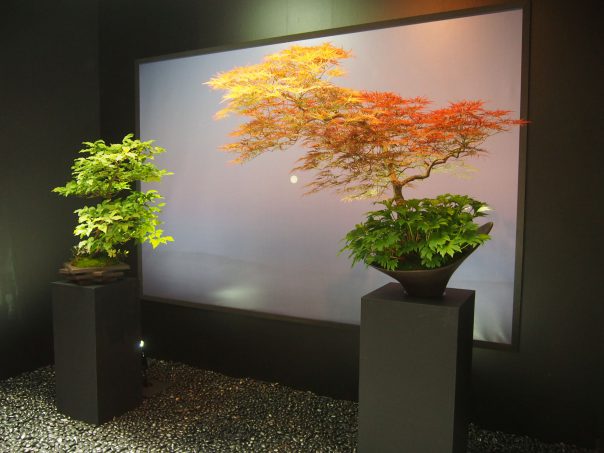
Date : 28-30 April 2017
Venue : Saitama Super Arena
Address : 8 Shintoshin, Chuo Ward, Saitama City, Saitama
Station : Saitama-Shintoshin
Website : http://world-bonsai-saitama.jp/en/
Sakura Bonsai of Omiya Bonsai Art Museum! Joined Gallery Talk Tour, too!

